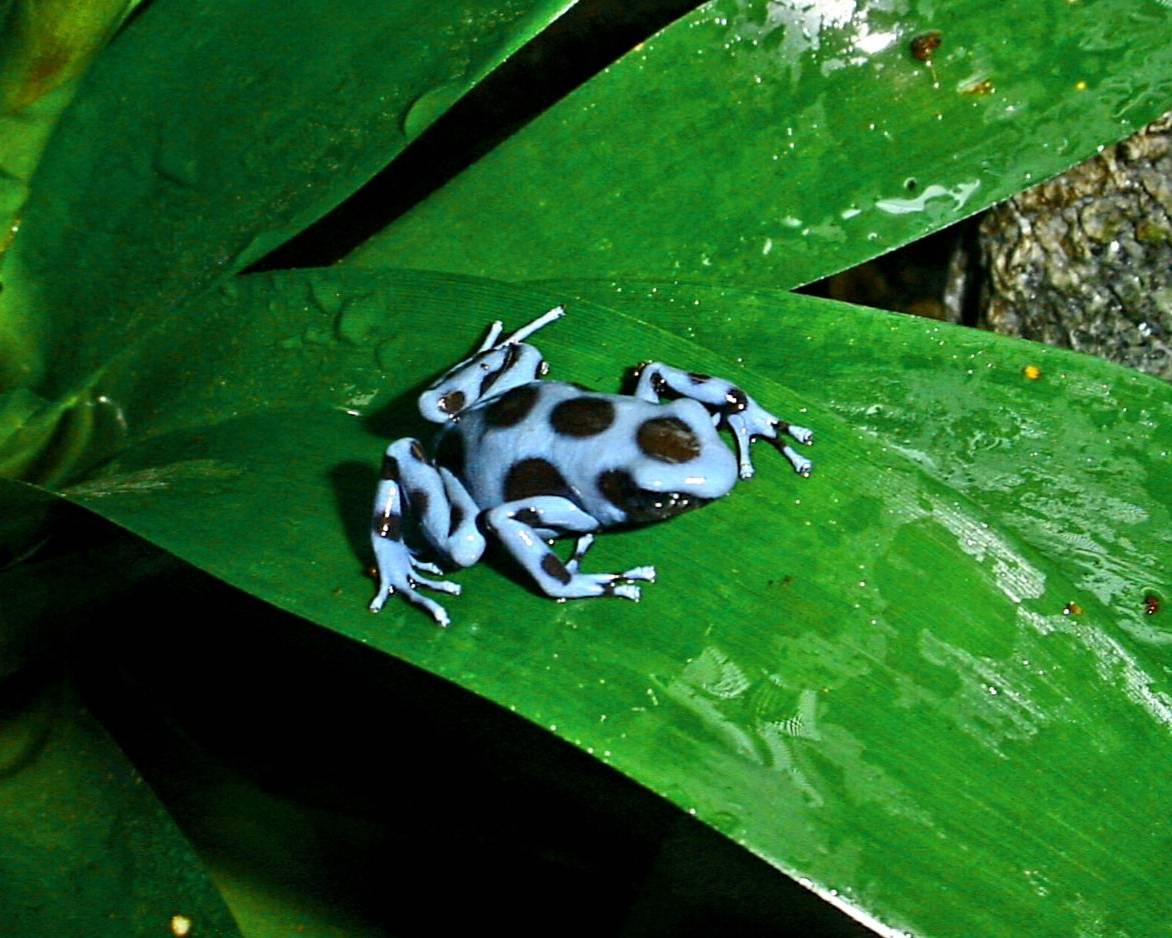Frequently Asked Questions
Choosing a suitable first poison-frog can be a challenging task, and it requires thorough research. However, with the right resources, you can make an informed decision. Joining social media groups, reading articles, books, websites, and blogs are excellent ways to gather information.
To simplify the process, it’s recommended that you focus on species with well-documented husbandry and care. Among these, the genus Dendrobates, Epipedobates anthonyi, and Phyllobates vittatus are some of the most widely kept and easiest to research. By starting with these species, you can increase your chances of success and avoid some of the potential pitfalls associated with keeping poison-frogs.
Currently we are shipping predominantly through the royal mail, however alternate shipping methods will be added as they become available to us.
Currently no, however if you wish to use a courier for collection then that is fine just let us know once you have made the arrangments.
Apart from during periods of extreme weather or high load (christmas etc) we would expect shipments to arrive within 2 working days of shipping.
Currently we accept bank transfers, Paypal and Credit and debit card transactions. Bank transfer payments can (and frequently do) take up to 4 days to clear into our account and orders are not shipped out until the funds are released to us, so for time dependant orders please use a different method, it’ll help us help you.
Simple, add it to the cart and go from there!
No, however creating an account has many benefits such as allowing you to manage your orders or viewing your order history and so on.
Based in the hills above Eglwysbach we are about 15 minutes from the Welsh Mountain zoo, with views across Conwy Valley, down to the Great Orme and across the Eryri mountain range. if your planning a visit remember to make an appointment and get some really good directions 😉
There is some one on site every day and night, but we can only accept visitors Tuesday to Fridays 11am-4pm and on Sundays 10am-3pm. All visits must be pre-booked at least 48hours in advance. just send us an email or via our socials links at the bottom of the page.
On occasion, and often if we are down to the last couple of plants of a specific variety, we may discover they are not up to standard, in which case we will firstly message you to let you know, then to prevent delays we may make a substitution with a similar sized and priced plant, the reason for that is that we don’t want your vivarium build to be delayed whilst you re-shop for plants. and lastly we will always offer you a refund if the substitution is not to your liking. Hopefully it won’t happen but just in case!
Many of the Neoregelia, Aechmea, Billbergia and Quesnelia bromeliads arrive with us incredibly vibrant and bright, with hues of scarlet and hot pink, these colours are so intense because they have been growing in perfect conditions in high natural sunlight at the perfect temperature and humidity. Through the summer in our green house the colours remain intense in all but the most demanding of bromeliads however when winter hits they begin to loose colour and fade back to green. When spring finally springs and we start to get longer days the broms colour back up! The same happens in vivaria, if the light isn’t intense enough the broms loose colour if you improve the light levels the broms colour back up.
All our imported plants come with Phytosanitary certificates, to get these the plants are treated prior to exit with environmentally safe insecticides, on top of this the nurseries often use systemic insecticides on an 8 week cycle to prevent disease outbreaks. Once they arrive with us we give them a visual inspection, soak them to remove any surface insecticide then after that we do not add any further systemic insecticides as these could have an impact on clean up crew and in some cases the frogs! This does mean that there is a slim chance plants could e carrying hidden pests, we never knowingly send out plants with active pests/infections but there is a chance we could miss them. To avoid issues we strongly recommend you visually check all plants before they go into your vivs and ideally quarantine them prior to going in to your vivaria.

